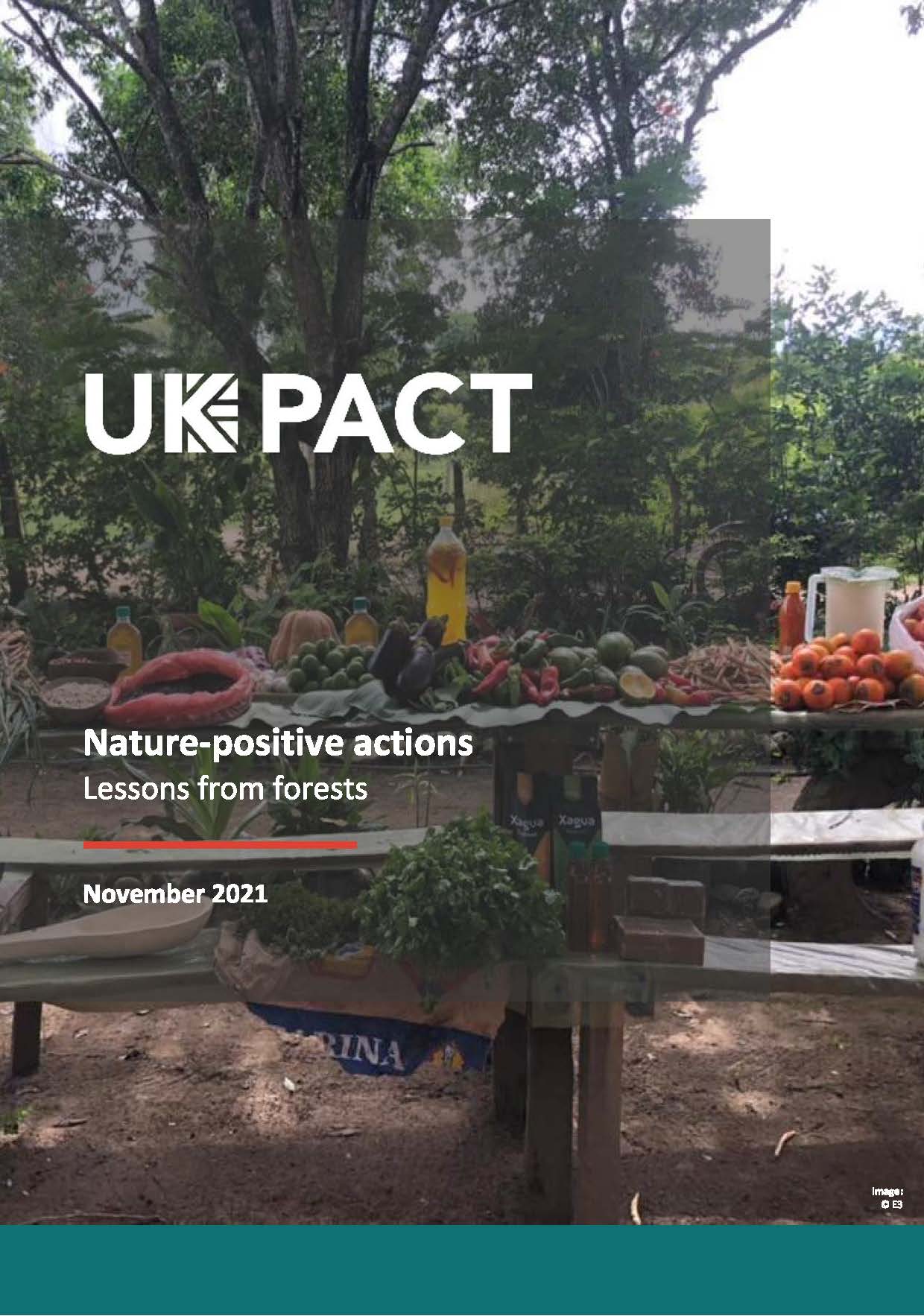Nitrogen inputs from biological nitrogen fixation contribute to productivity and sustainability of agroforestry systems but they need to be able to offset export of N when trees are harvested. This study assessed magnitudes of biological nitrogen fixation (natural 15N abundance) and N balance of Acacia mangium woodlots grown in farmer’s fields, and determined if N2 fixation capacity was affected by tree age. Tree biomass, standing litter, understory vegetation and soil samplings were conducted in 15 farmer’s fields growing A. mangium as a form of sequential agroforestry in Claveria, Misamis Oriental, Philippines. The trees corresponded to ages of 4, 6, 8, 10 and 12 years, and were replicated three times. Samples from different plant parts and soils (0– 100 cm) were collected and analyzed for d15N and nutrients. The B-value, needed as a reference of isotopic discrimination when fully reliant on atmospheric N, was generated by growing A. mangium in an N2-free sand culture in the glasshouse. Isotopic discrimination occurring during N2 fixation and metabolic processes indicated variation of d15N values in the order of nodules[old leaves[young leaves[stems[litterfall and roots of the trees grown in the field, with values ranging from -0.8 to 3.5% except nodules which were enriched and significantly different from other plant parts (P\0.0001). Isotopic discrimination was not affected by tree age (P[0.05). Plants grown in N free sand culture exhibited the same pattern of isotopic discrimination as plants grown in the field. The estimated B-value for the whole plant of A. mangium was -0.86%. Mature tree stands of 12 years accumulated up to 1994 kg N ha-1 in aboveground biomass. Average proportion of N derived from N2 fixation of A. mangium was 54% (±22) and was not affected by age (P[0.05). Average yearly quantities of N2 fixed were 128 kg N ha-1 in above-ground biomass amounting to 1208 kg N fixed ha-1 over 12 years. Harvest of 12-year old trees removed approximately 91% of standing aboveground biomass from the site as timber and fuel wood. The resulting net N balance was 151 kg N ha-1 derived from remaining leaves, twigs, standing litter, and 562 kg N ha-1 when tree roots were included in the calculation. The fast growing A. mangium appears to be a viable fallow option for managing N in these systems. However, other nutrients have to be replaced by using part of the timber and fuel wood sales to compensate for large amounts of nutrient removed in order for the system to be sustainable.
DOI:
https://doi.org/10.1007/s10457-010-9309-8
Skor altmetrik:
Jumlah Kutipan Dimensi:



















